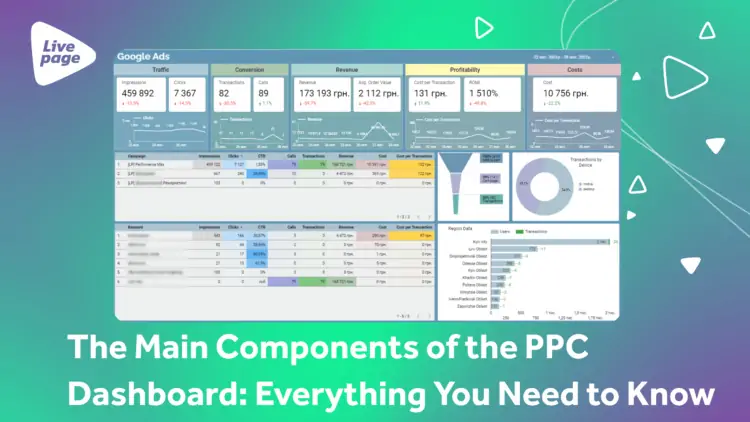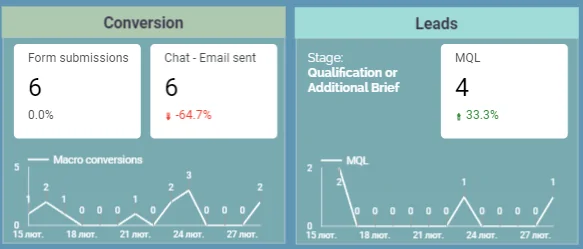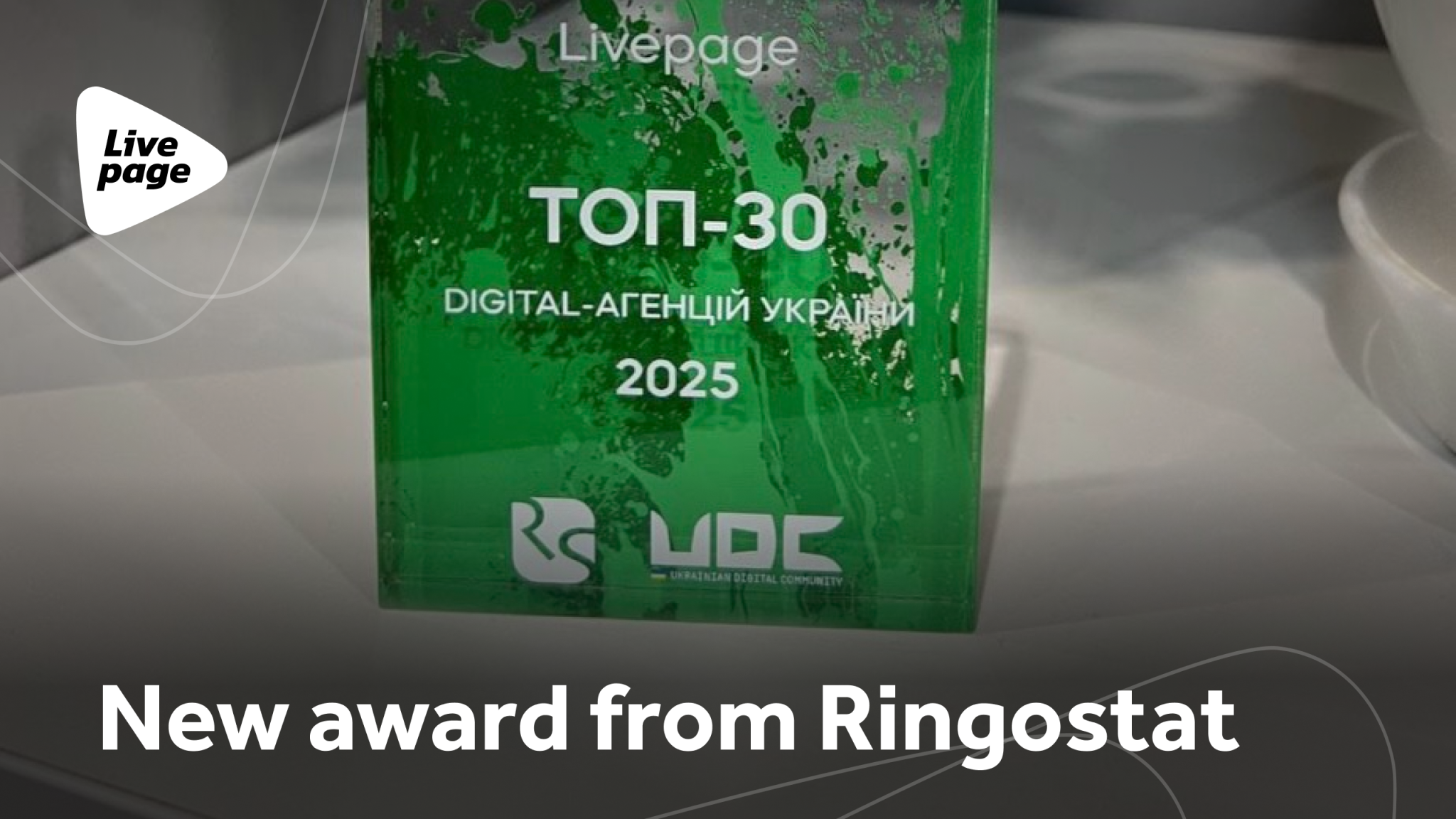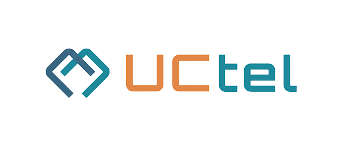
The Main Components of the PPC Dashboard: Everything You Need to Know

Overview of the Main Components of the PPC Dashboard
PPC campaigns can be a highly effective way to generate traffic, leads, and sales, but without proper monitoring and optimization, you might just be wasting your money on advertising.
At first, it may seem that, after the campaign is turned on, funds will be debited from the card, orders will start coming, and that’s it — We’re gonna be rich!
Unfortunately, this is just an illusion. Today, a professional approach to advertising is indispensable. Otherwise, the results will be a drained budget and a negative bias about the effectiveness of this engagement channel.
Often, for users to complete the desired target action, you need to find a unique approach to the user and the niche in which your business offers a product or service.
This is similar to hunting — the user is relaxing, scrolling through the news feed, or looking at some interesting information on a third-party site, you sneak up, and here is a decisive moment! Choosing the right strategy and tactically taking steps that will bring you closer to the desired result is crucial. Therefore, a data-driven approach is important here.
And this is where the term “PPC dashboard” comes into play. A dashboard is a tool that combines all the key metrics and data related to your ad campaigns in one place, making it easy to track performance, identify areas for improvement, and make data-driven decisions. By regularly monitoring your performance in the PPC dashboard, you can:
- Make sure your campaigns are achieving the set goals;
- Make sure that you are getting the maximum return on investments (ROI);
- Follow the dynamics according to important indicators;
- Detect possible campaign settings errors, for example, whether the geo of the target audience is correctly selected, etc.
But what exactly should be included in your PPC monitoring? You can track a wide variety of metrics and data. Some may be more important than others, depending on your goals and advertising campaign strategy.
In this article, we’ll look at the key components of a PPC dashboard and find out why they are important. From clicks to ROMI and CPL, we’ll explore what each metric means and how it can help you optimize your campaigns for success. Whether you are new to PPC or an experienced professional, a well-designed dashboard can improve your advertising strategy.
Review of Typical Metrics that Allow Tracking the Effectiveness of an Advertising Campaign
Below, you can find a list of metrics that should be tracked in PPC monitoring.
Previously, a quite popular metric in the analysis of advertising campaigns was CTR (click-through rate) — it shows the percentage of users who click on your ad after viewing it.
However, according to our experience, today it is more important to focus on the main essence of any business — money. If we are talking about a niche with a fast sales cycle, such as e-commerce, household services, and so on, then we can calculate the reinvestment rate.
Return on Advertising Spend (ROAS) measures the overall profitability of your campaigns by comparing the revenue generated with the advertising spend. A ROAS value of more than 100% indicates that your campaigns generate more revenue than they cost, while a ROAS of less than 100% means you are losing money. Respectively, a value of 100% means that the output is zero.
Also, the correlation of the indicators — the cost of one order or cost per action (CPA) and the average check can be interesting. That is, to receive an order, for example, in the amount of UAH 3,898, we spent UAH 100. This is a good ratio.

Suppose we are talking about a business where the sales cycle is quite long (PPC for IT outsourcing companies), and we cannot receive data on the amount of income one month after the ad’s launch. In that case, it makes sense to use metrics of the quality of leads — Marketing Qualified Leads or Sales Qualified Leads.
Marketing Qualified Leads (MQLs) are potential customers who have expressed interest in your product or service.

Sales Qualified Leads (SQLs) are potential customers who have indicated they are ready to purchase, such as requesting a demo or pricing information.
Clarification: to be able to see such metrics, you need to set up end-to-end analytics.
By tracking the number of MQL and/or SQL leads, you can measure the effectiveness of your campaigns in generating quality leads.
We will need the Cost per Lead (CPL) metric in this case. Usually, PPC specialists can predict the cost of a lead, so we also add planned indicators to the dashboards. When we present the report, you can see whether we have followed the plan or the cost of a lead has turned out to be higher. In the latter case, you definitely need to find reasons and draw certain conclusions.

If we are talking about the usual ways of attracting traffic to the site (news portals) with the help of advertising, then we cannot do without the cost-per-click metric. CPC measures the average cost of each click on your ads. A lower CPC can help you get more clicks for your budget and increase the ROI of your campaigns.
In addition to the main metrics, we also pay attention to micro-conversions, even though we can not always get macro-conversions from the first day — targeted actions of users on the site. However, we can notice that, for example, some campaigns bring users who click on something and show interest in the content, but they can perform the targeted action only after some time. Therefore, in the first stage, it is important to identify campaigns and keywords that bring interested users so that PPC remarketing services can catch up with them later.
In this case, in addition to the total number of such conversions, we will be helped by the Conversion rate, which measures the percentage of people who performed the desired action after clicking on your ad at each step of the funnel. It is also necessary to monitor expenses.
Tax amounts for countries can be found on the Google documentation page by selecting the required country.
These metrics will help you understand how effective your paid traffic is and whether your campaigns are generating a positive return on investment. By tracking and analyzing these metrics over time, you can identify areas for improvement and make data-driven decisions to optimize your campaigns for success.
In addition to campaign and keyword data, our PPC team will pay attention to other user parameters. This is the location of the lead or the category of their device (mobile, desktop, tablet). If we are talking about e-commerce, it is also important to look at the goods that users are interested in, so you can track the increase or decrease in demand and adjust the budget by category.
Clarification: For this, e-commerce tracking of activities such as viewing a product, adding to a cart, and purchasing must be configured.
Description of Visualization Tools
For convenient data analysis, you need to use BI tools like Looker Studio, Power BI, or Tableau. In addition to tables, they contain various built-in elements that allow you to understand some relationships visually, display key summaries, build various histograms (from line to bar), display funnels, add a comment or tooltip field, and so on.
Using professional data visualization services can further enhance these tools by tailoring dashboards to your specific goals and ensuring insights are communicated clearly and effectively.
Also, a big advantage of visualization systems is filling reports with those colors and styles that will match your company’s branding and allow you to focus easily on the data rather than stress out because of the unfamiliar environment.
Description of Connectors for Data Connection
It is important to understand that to configure the PPC dashboard correctly, you need to use third-party services — so-called “connectors” for data transfer, for example: from Facebook Ads -> Looker Studio or Quora Ads -> Looker Studio.
Such services perfectly solve the connection and data transfer issue, but each has its own differences: price, number of available integrations, interface, and so on.
Here are some examples of such services:
You can compare them and choose the most suitable for you.
Here it is worth noting that as part of your cooperation with Livepage, we close such integration on our side, thus removing this “headache” from you — you don’t have to deal with the number of services.
Therefore, you can immediately get a powerful contractor with the status of Google Partner, which results in increased profitability. At the same time, you save yourself from complex issues that we will solve for you.

Conclusion
Summing up, it is worth noting that you should not expect huge results without a professional approach. Finding the golden audience that brings money to your business takes time, proper data analysis, and responding to the metrics you see in your dashboards.
However, all this does not make sense if the basic analytics is misconfigured because the advertising algorithms will not be correctly optimized for the audience that brings conversions and, in turn, money. It could be a simple reason, like the conversions tracking was not set correctly. Our Google Ads campaign audit and PPC audit service will help you set up the following things as correct tracking of conversions, sent forms, booking of calls, e-commerce purchases, revenue, and so on. We can help you set up PPC for Ecommerce sites or other types of businesses as needed.
Contact us – we will be happy to help.



















